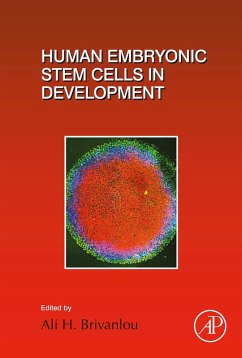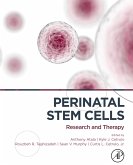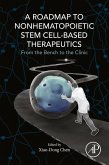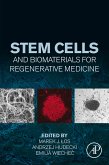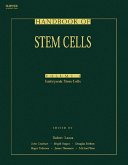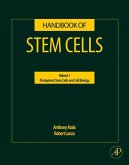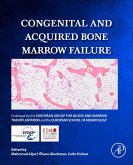Human Embryonic Stem Cells in Development, Volume 129, the latest release in the Current Topics in Developmental Biology series, highlights new advances in the field, with this new volume presenting interesting chapters on topics such as recapitulating pancreas development from human embryonic stem cells in a dish, modeling mammalian gastrulation with embryonic stem cells, and a section on what stem cells tell us about human germ cell biology. Each chapter is written by an international board of authors.
- Provides the authority and expertise of leading contributors from an international board of authors
- Presents the latest release in the Current Topics in Developmental Biology series
Dieser Download kann aus rechtlichen Gründen nur mit Rechnungsadresse in A, B, BG, CY, CZ, D, DK, EW, E, FIN, F, GR, HR, H, IRL, I, LT, L, LR, M, NL, PL, P, R, S, SLO, SK ausgeliefert werden.

